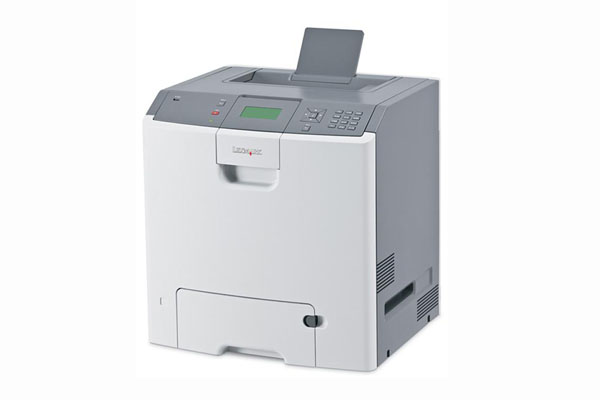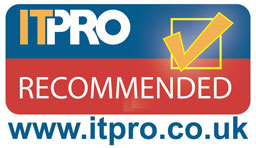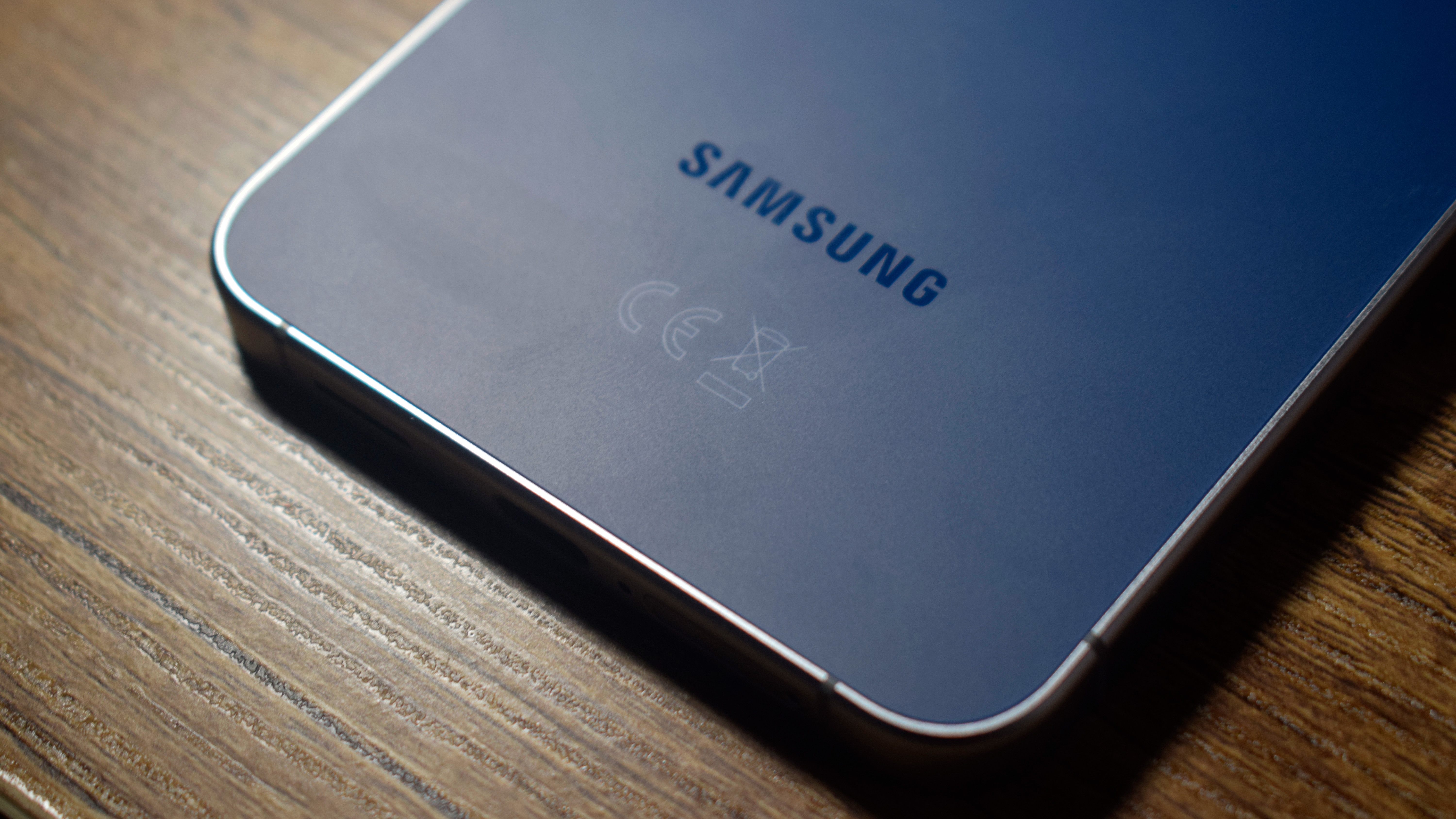Lexmark C736dn - colour laser printer review
Lexmark wants to supply medium to large workgroups with fast, and cost effective quality colour printing. Has it succeeded with the Lexmark C736dn?

This is a well-designed colour laser printer for medium and large workgroups. It's fast, produces good quality text and colour graphics and includes modern facilities, such as walk-up printing from USB drives. It's particularly strong on paper handling, though only from the input end and running costs are competitive.
Colour laser printing is increasingly a requirement in all kinds of offices, and bright and solid colour at speed - at reasonable cost - is an essential for many medium to large workgroups.

Lexmark's C736dn is a moderately priced, fast, colour laser with plenty of expansion potential, but also offers decent consumable capacities straight out of the box.
Although at first sight the C736dn looks big, this is largely only in height. Its footprint on the desk, or on its optional stand, is surprisingly small, as the laser engine inside is built vertically, with the drum and toner for each colour built one above the other.
Externally, the lines are clean and simple, with a cream and dark grey livery blending in well with most office decor. The paper output tray, set into the top cover, is little more than a slot, with a flip-up paper support at the back. Printed documents sit at an angle of around 45-degrees, rather than lying flat on the top cover, as is more usual.
The control panel includes a 3-line by 16-character, backlit LCD display, which is fully bitmapped, so can also show graphics, when necessary. It is controlled by a square of arrow keys to the right and there's a number pad to the right of this, so walk-up print jobs can be PIN-protected. The main way of printing PDF and graphic documents directly from the C736dn is via a USB drive and there's a USB socket conveniently positioned at the left-hand end of the control panel.
Down below, the main paper tray takes a full 550 sheets of paper, so you can replace it a ream at a time and there's a pull-down, 100-sheet multipurpose tray directly above that. At the back are sockets for USB and 10/100 Ethernet.
Expandability, on the paper-handling side, is pretty good, and you can fit up to three extra, 550-sheet paper trays, as well as a powered, 2,000-sheet bin, giving a maximum capacity of 4,300 sheets. There are no stackers, sorters or other output handling devices as options, though.
Sign up today and you will receive a free copy of our Future Focus 2025 report - the leading guidance on AI, cybersecurity and other IT challenges as per 700+ senior executives
Setting up the printer is a bit fiddlier than with some of its competitors, as each of the toner cartridges has to be removed to take off spacers and the same is true for each of the photoconductor drums. There's also protective paper to remove. This is only a one-off problem, though toner and drums do have to be dealt with separately.
-
 Cybersecurity experts face 20 years in prison following ransomware campaign
Cybersecurity experts face 20 years in prison following ransomware campaignTwo men used their tech expertise to carry out ALPHV BlackCat ransomware attacks
By Emma Woollacott Published
-
 UK firms aim for growth through AI investment but lack of talent is a concern
UK firms aim for growth through AI investment but lack of talent is a concernTech training and upskilling will be a major focus in 2026
By Emma Woollacott Published
-
 Samsung unveils plan for AI transformation across all devices
Samsung unveils plan for AI transformation across all devicesBoth the DS and DX divisions of the business are profiting from the AI boom
By Jane McCallion Published